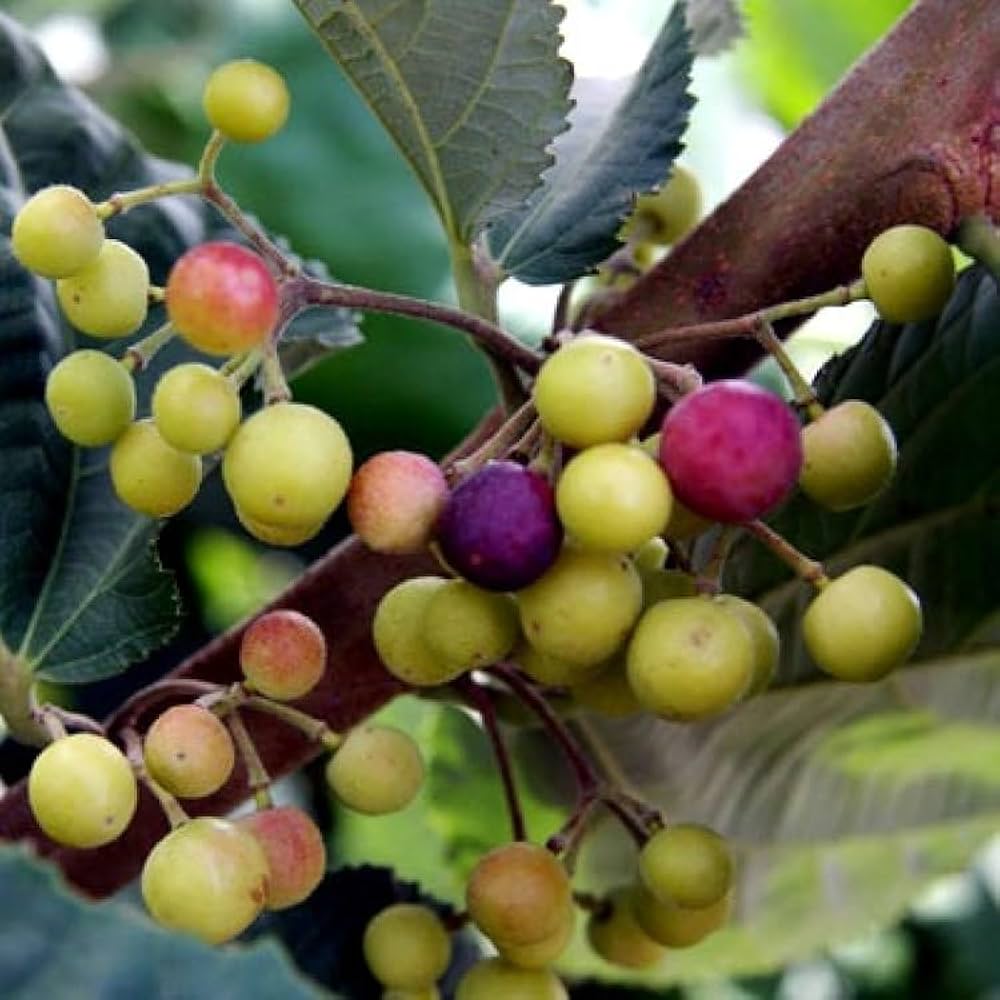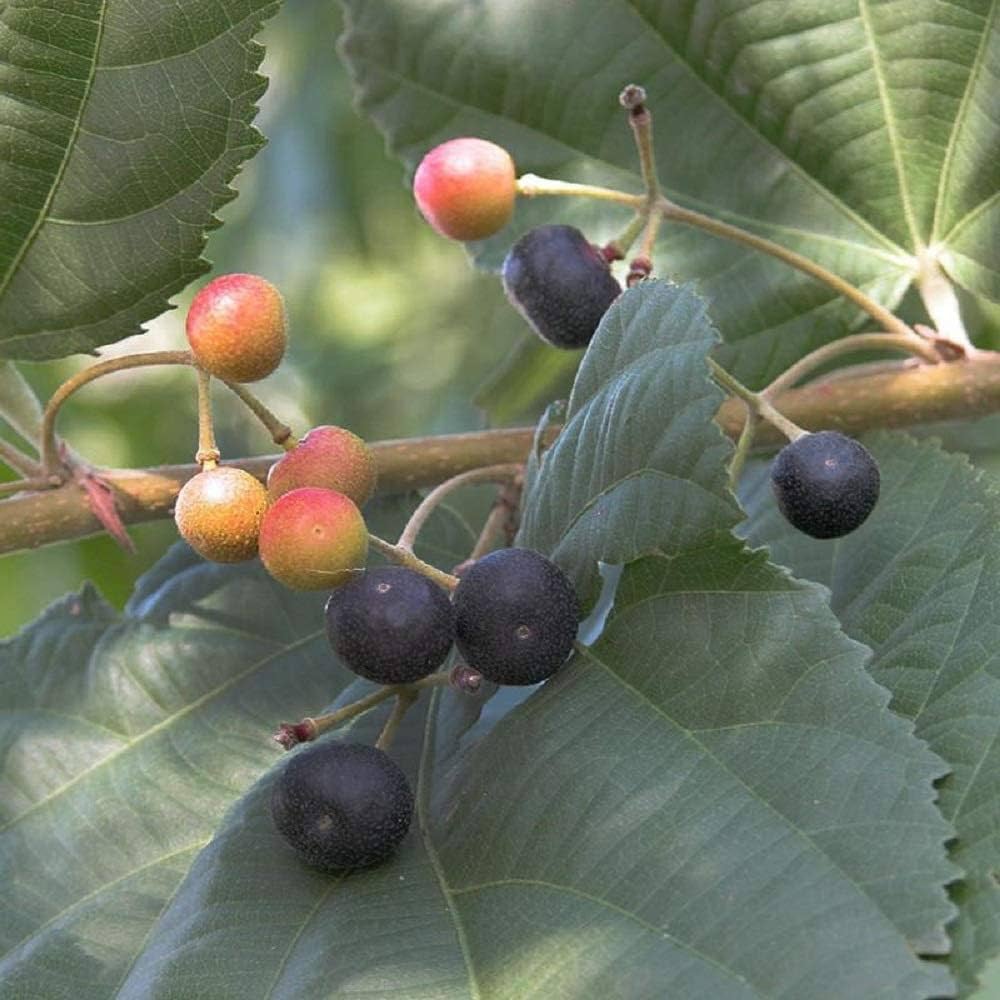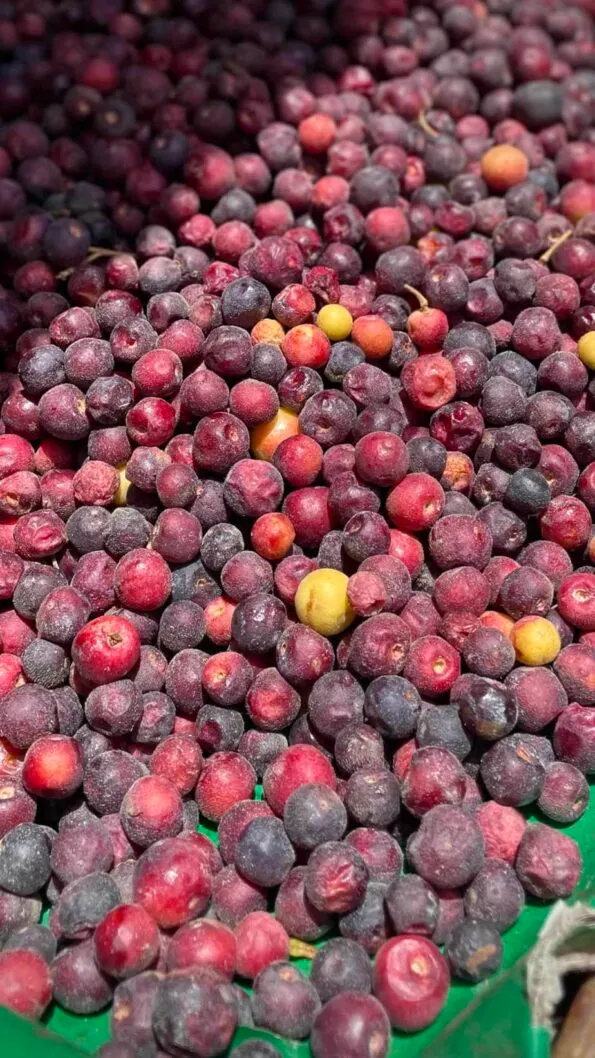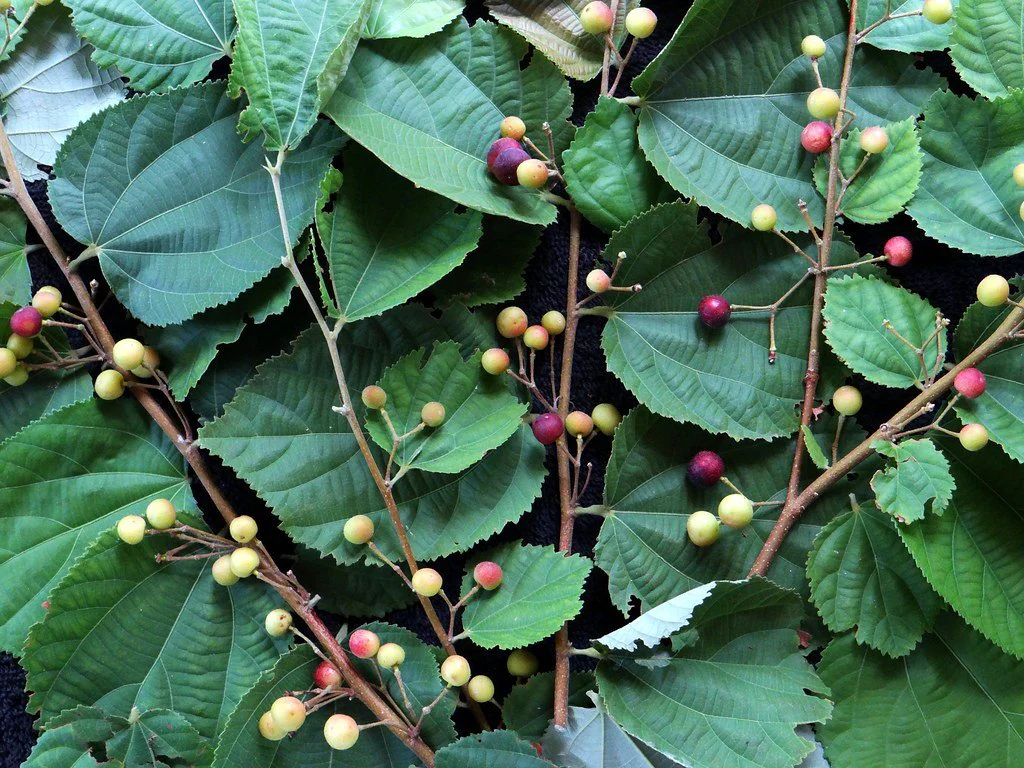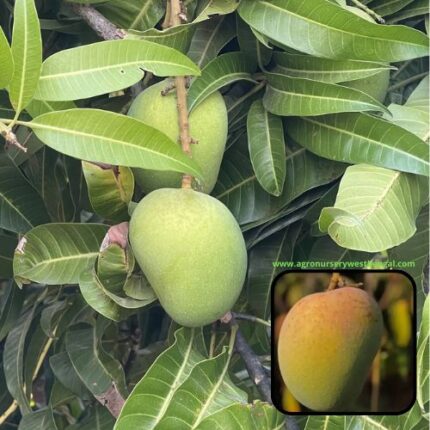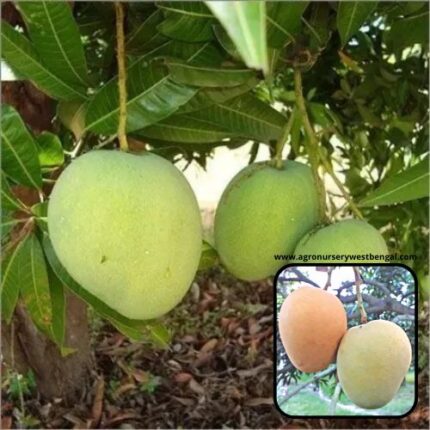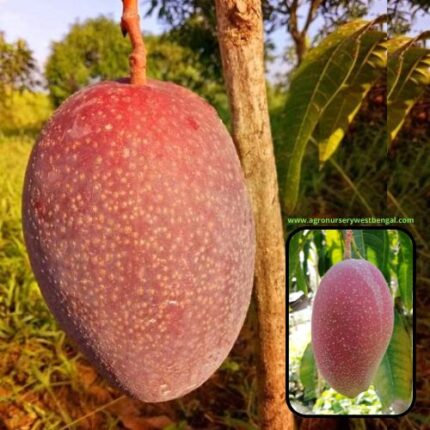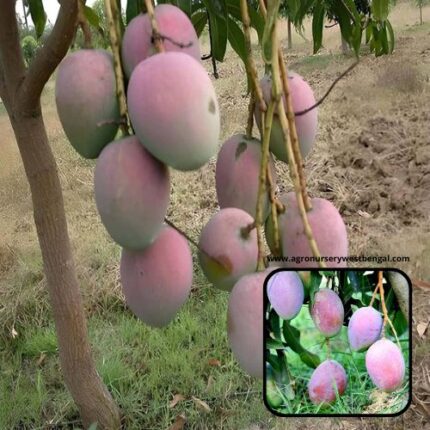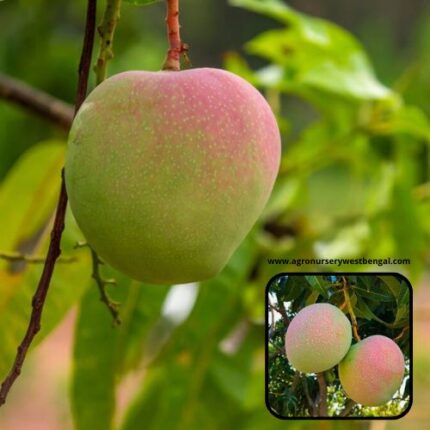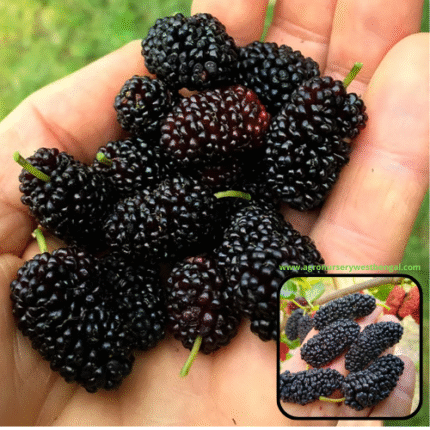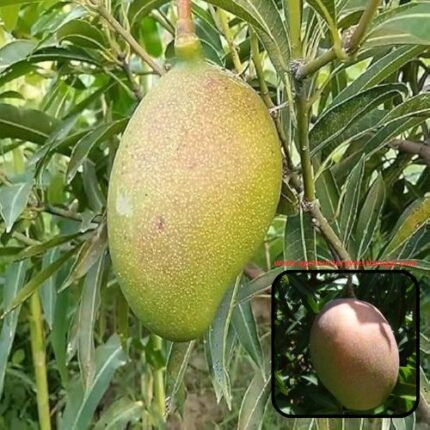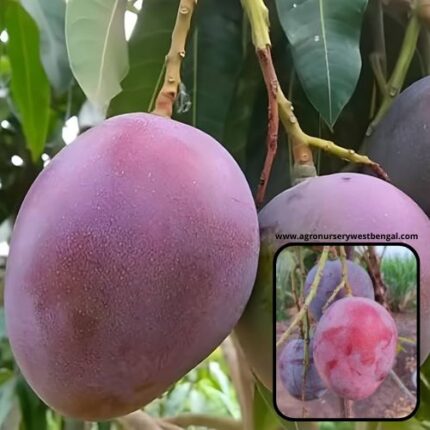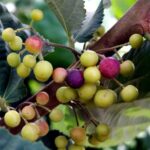
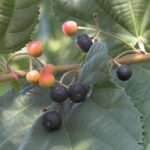
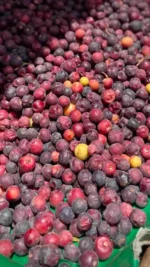
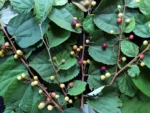
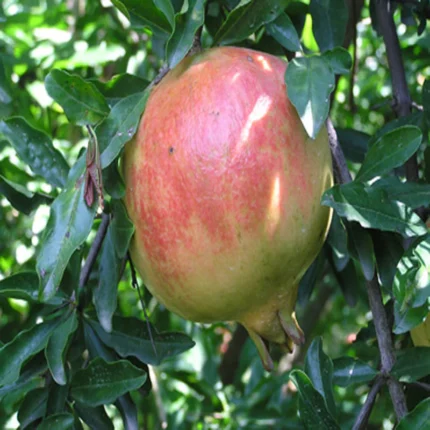
Anar / Pomegranate fruit plants
₹799 Original price was: ₹799.₹439Current price is: ₹439.
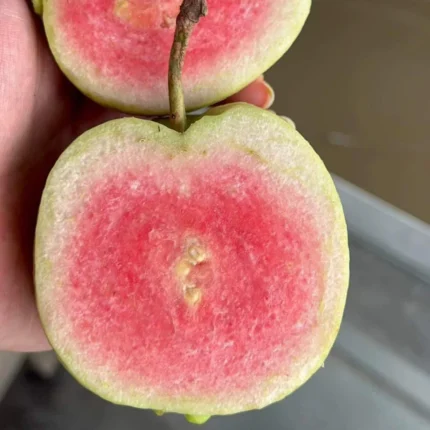
Red Diamond guava fruit plants
₹899 Original price was: ₹899.₹499Current price is: ₹499.
Falsa fruit plants
₹699 Original price was: ₹699.₹399Current price is: ₹399.
Category: Fruit Plants
Description
Falsa, scientifically known as Grewia asiatica, is a small, round, and intensely flavorful fruit native to the Indian subcontinent and Southeast Asia. It’s a popular seasonal treat, especially during the hot summer months, renowned for its refreshing qualities.
Here’s a detailed description of the falsa fruit:
-
Appearance:
- Size and Shape: Falsa fruits are tiny, typically resembling small berries or grapes, about 1 to 1.9 cm in diameter.
- Color: When unripe, the fruit is greenish. As it ripens, it progresses from cherry red to a deep purple or nearly black color. Fully ripe falsa fruits are dark purple to black, often with a thin, whitish “blush” on their surface.
- Skin: The skin is thin and edible, though it can have a slightly dusty or waxy appearance.
- Internal Structure: Inside, each fruit contains a single, relatively large, hard seed, with a thin layer of greenish-white to reddish-purple pulp surrounding it.
-
Taste and Texture:
- Taste: Falsa is prized for its distinctive sweet and sour (tart) taste. The flavor is often described as a unique blend, somewhat similar to grapes or black currants, but with its own characteristic tang.
- Texture: The pulp is juicy and slightly fibrous, while the seed in the center provides a crunchy element if consumed whole.
-
Botanical Characteristics:
- Falsa grows on a deciduous shrub or small tree, typically reaching 4-5 meters in height. It has long, slender, drooping branches and wide, oval-shaped leaves.
- The plant bears small, yellowish flowers in clusters in the leaf axils, which then develop into the fruits.
-
Seasonality:
- Falsa is primarily a summer fruit, typically available for a limited period, usually from March to June in India, depending on the region. It prefers dry and hot environments during fruiting.
-
Culinary Uses:
- Fresh Consumption: Falsa is most commonly eaten fresh, often sprinkled with a pinch of black salt or chaat masala to enhance its sweet and sour taste.
- Beverages: It’s widely used to make refreshing juices, sherbets, and squashes, which are popular for their cooling properties in hot weather. The juice can also be used in cocktails.
- Other Uses: Falsa can also be used in jams, jellies, chutneys, and even some desserts.
-
Nutritional Value and Health Benefits:
- Falsa is considered a nutritious fruit, rich in vitamins (especially Vitamin C and A), minerals (like calcium, iron, potassium, and phosphorus), dietary fiber, and antioxidants (such as anthocyanins and phenolic compounds).
- It’s well-regarded for its cooling properties, making it excellent for combating heatstroke and maintaining hydration during summer.
- Other purported health benefits include boosting immunity, aiding digestion, supporting heart health (by helping regulate blood pressure and cholesterol), improving bone strength, regulating blood sugar levels (due to its low glycemic index), and having anti-inflammatory, antimicrobial, and even potential anti-cancer properties.
Due to its delicate nature and short shelf life, falsa is often consumed locally where it’s grown, making it a truly seasonal and regional delight

